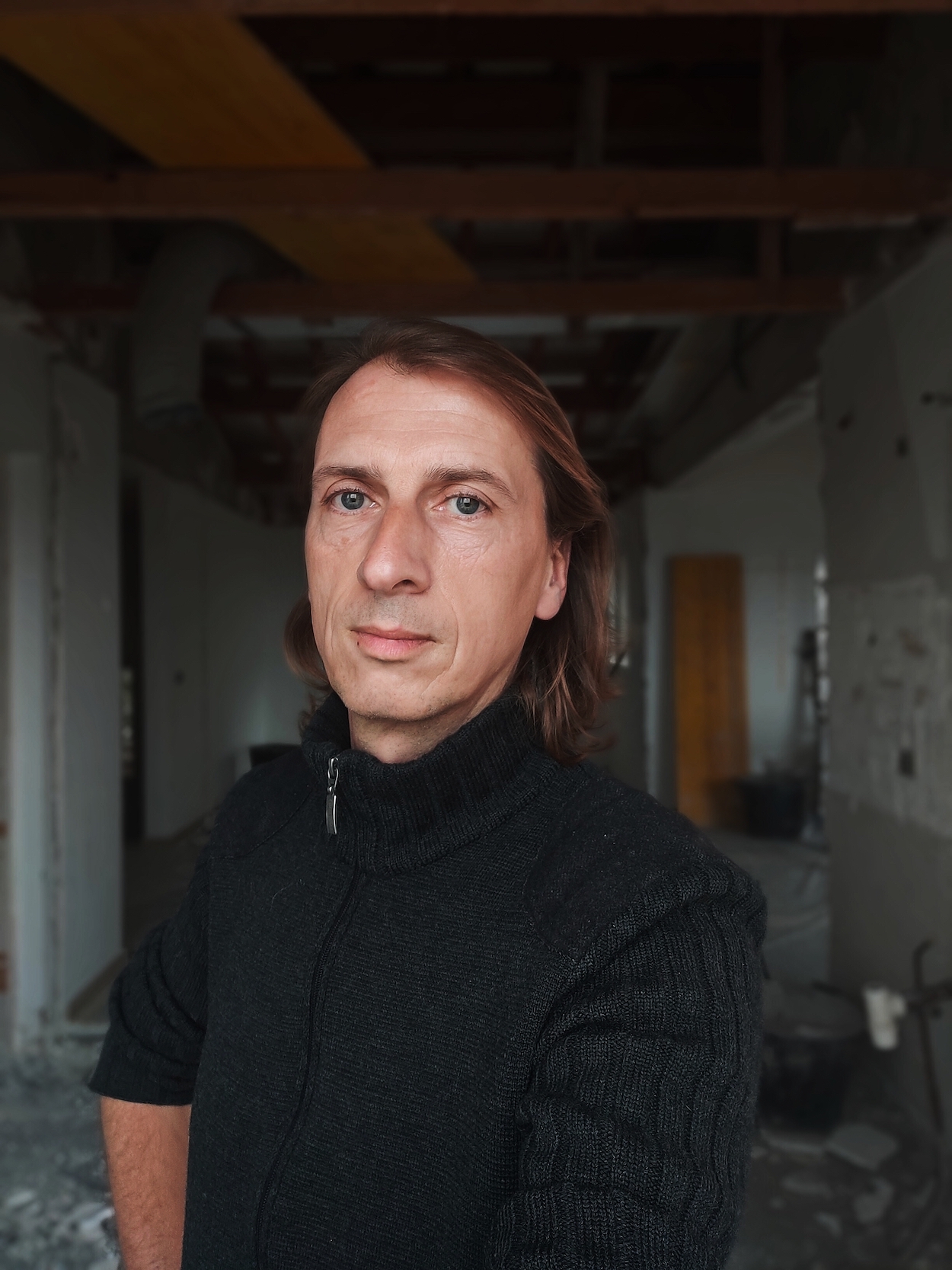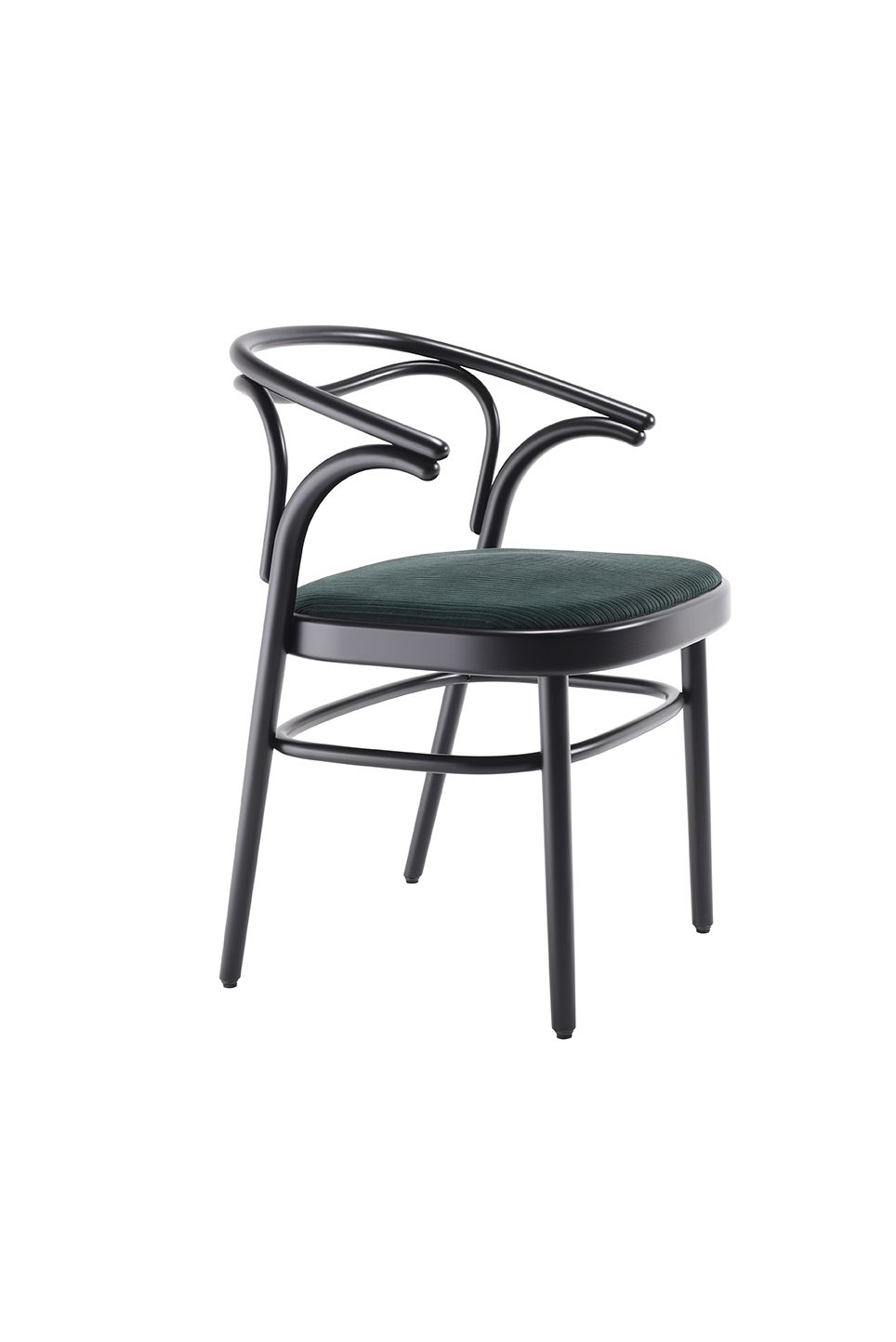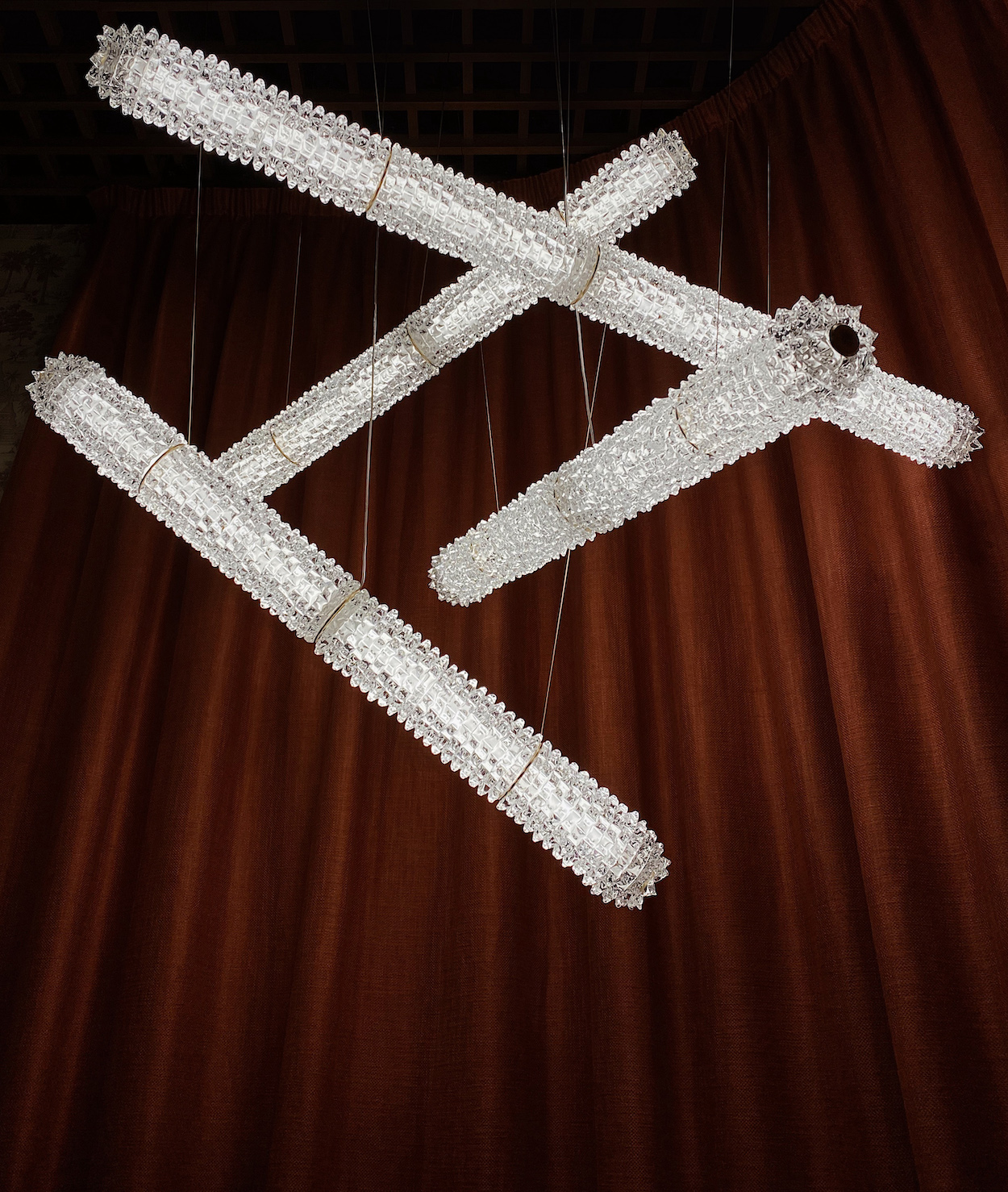Here, we ask designers to take a selfie and give us an inside look at their life.
Age: 45
Occupation: Designer.
Instagram: Not yet an Instagram user…
Hometown: Nice, France.
Studio location: Paris, with bases in Milan and Nice.
Describe what you make: I design objects, furniture, scenography, and interiors.
The most important thing you’ve designed to date: It’s impossible to make a selection because each project is important and has a story.
It could be the fruitful result of a years-long relationship with a manufacturer like Ligne Roset, or a unique discovery while working with independent craftspeople in Japan or Corning. It could be the change in the scale of my projects when I began working in scenography for the car manufacturer Lexus, or the joy of creating pieces with a unique savoir-faire, such as a collection of intimate furniture for Hermès.
So, in that sense, my recent collaboration with Barovier&Toso is one of the most important because of its 700-year history and the savoir-faire of the brand. The Opéra Collection was a fantastic opportunity because I was able to use the company’s unique and ancestral methods, like the century-old Rostrato technique, to create a collection of contemporary lighting for everyday use. This complex technique was invented by Ercole Barovier in 1938 and consists of “freehand” shaping of Venetian Crystal to obtain a continuous series of multi-faceted prisms.
Describe the problem your work solves: I feel a bit pretentious saying that my work “solves problems” when I make mostly lights-products-objects-furniture-scenography-interiors… The only “problem” that my work can contribute to solving is to help create more durable objects that you can keep, love, and hold onto like an heirloom for years to come. I would say that my work is to analyze a brand (history, spirit, and savoir-faire) and in designing for them, try to bring a new perspective, a new answer to stand out among the millions of things that already exist.
Describe the project you are working on now: The interior renovation of a house in Nice. Additionally, after a year of being away, I’m very excited to return to Italy in a few days to continue the dialogue with Barovier&Toso and several other brands I’m currently working with.
A new or forthcoming project we should know about: The Opéra Collection of suspension, table, and sconce lighting with Barovier&Toso launched this week in the U.S. I also designed the Hémicycle sofa collection and Armadillo cabinets for the French state institution, Mobilier National, in collaboration with Ligne Roset. I’m also currently working on the scenography to present these pieces at the next Milano Salone del Mobile in September 2021.
What you absolutely must have in your studio: I don’t really differentiate between workspace and home space. What I mean is that, for me, the border doesn’t really exist: one is in dialogue with the other. My natural way of life is that my studio is my home and my home, my studio. I need to see and feel the personal objects that I design, buy, and find, mixed within quotidian, household objects. Although, since I live between several cities, music is also important and much easier to carry with you everywhere than objects.
What you do when you’re not working: As in the previous question, the border between working and not-working is blurred for me. However, I love walking in town or hiking, which allows me to think and also, in a way, work. Also, watching movies—I love to go to the cinema when they reopen.
Sources of creative envy: When I go to art exhibitions and museums and also when I visit other countries.
The distraction you want to eliminate: Distraction is as important as concentration.
Concrete or marble? Both.
High-rise or townhouse? Townhouse (I’m not really comfortable with heights).
Remember or forget? Remember.
Aliens or ghosts? Aliens.
Dark or light? Light.





